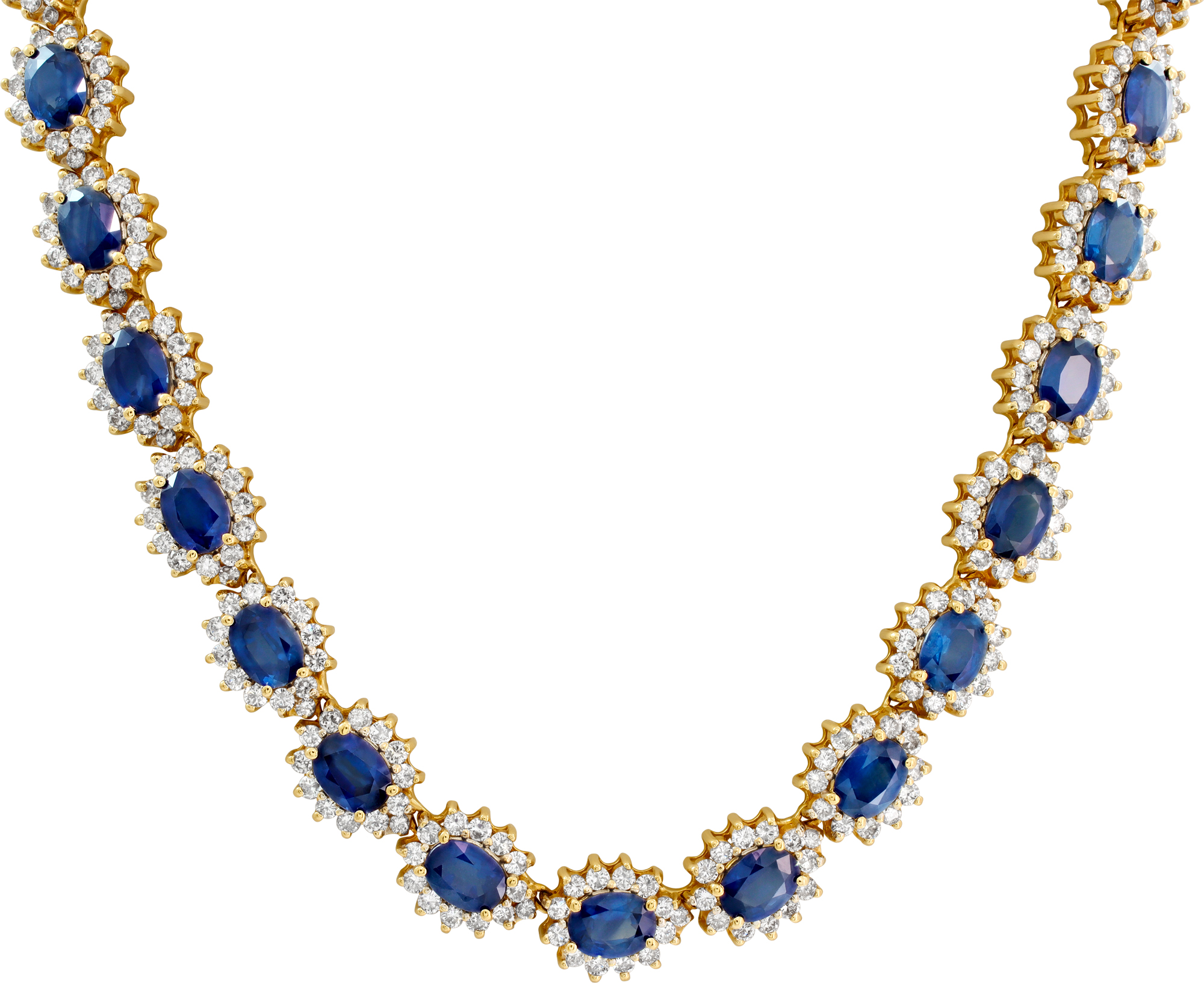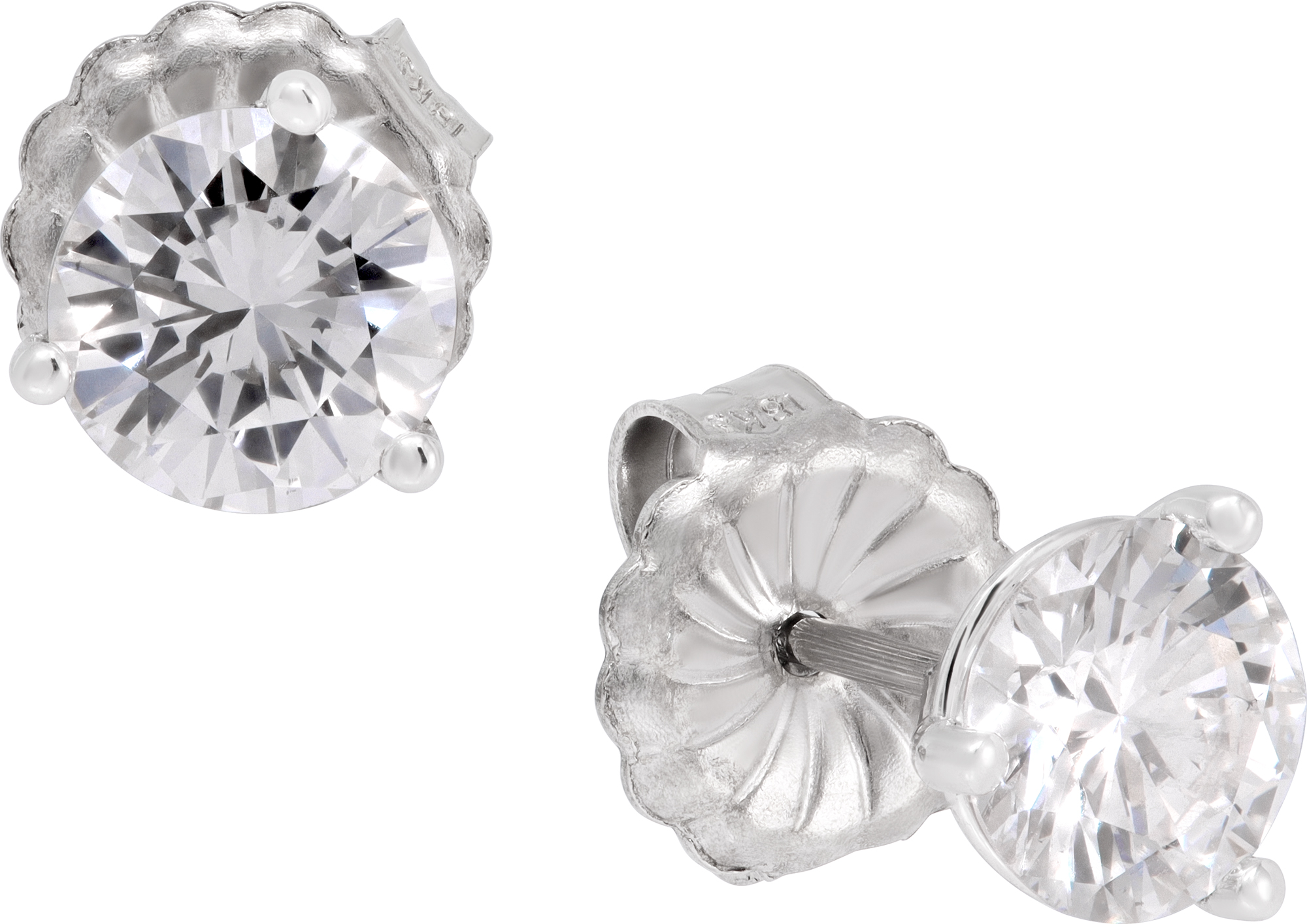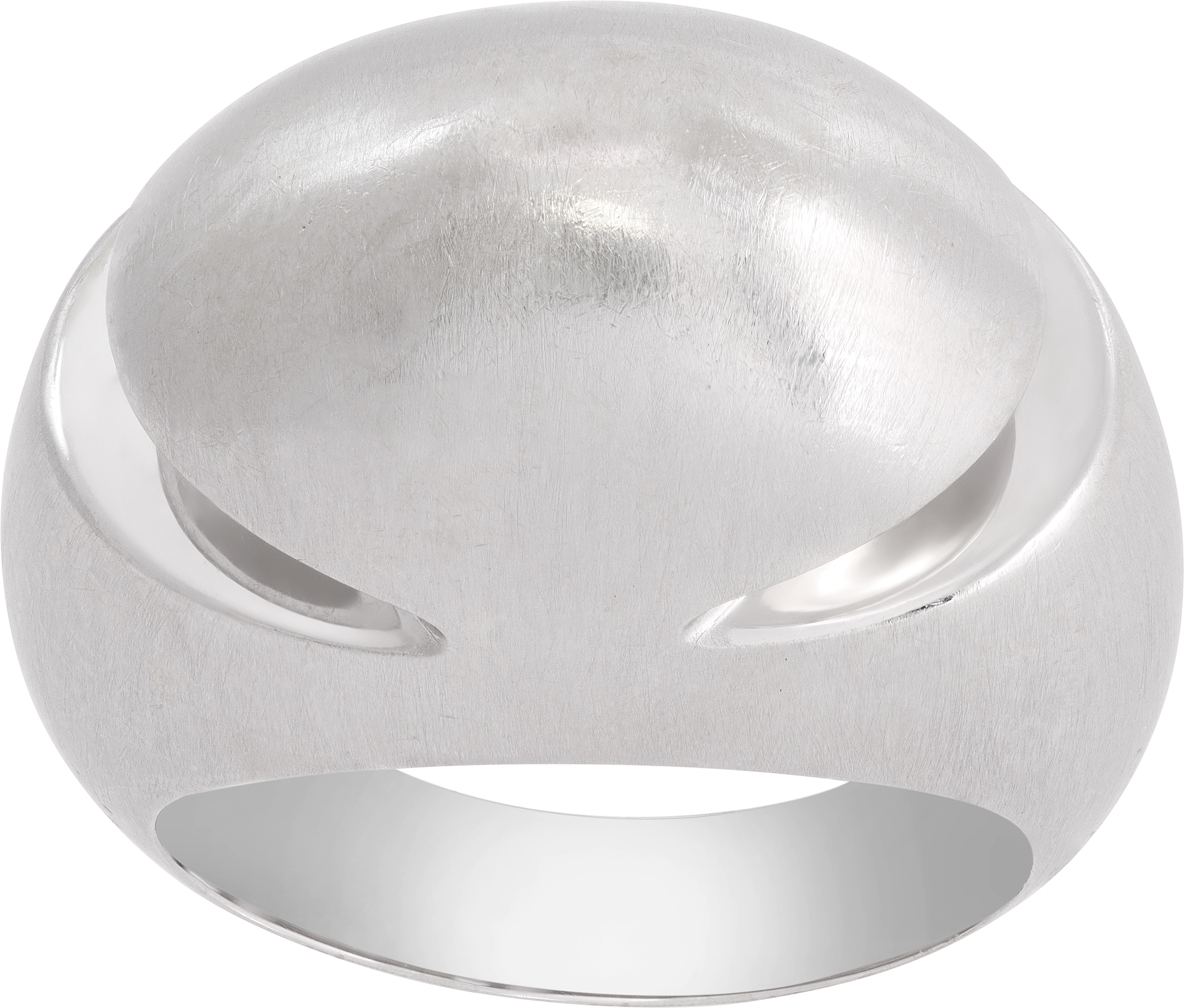
November 15th, 2025
Thanksgiving Traditions: How to Evaluate Family Estate Jewelry During Holiday Gatherings This November
Thanksgiving gatherings offer more than just turkey and pumpkin pie—they present a unique opportunity to explore family history through estate jewelry that has been passed down through generations. As families come together this November, many discover heirloom pieces tucked away in jewelry boxes, each carrying stories and significant monetary value. Understanding how to properly evaluate these treasured pieces during holiday gatherings can help you make informed decisions about preserving, wearing, or selling these family assets.
The holiday season naturally prompts conversations about family heirlooms, making Thanksgiving an ideal time to discuss the future of cherished jewelry pieces. Whether you've inherited grandmother's diamond ring or discovered a collection of vintage pieces in a family estate, knowing their true worth protects both their sentimental and financial value. This guide will help you navigate the process of evaluating family jewelry while gathered around the Thanksgiving table.
Understanding the Value of Family Heirlooms
Estate jewelry encompasses pieces that have been previously owned, often carrying decades or even centuries of history. These items range from Victorian-era brooches to mid-century cocktail rings, Art Deco necklaces, and contemporary designer pieces. The value of these items depends on multiple factors including the precious metal content, gemstone quality, brand recognition, craftsmanship, and current market demand for specific styles.
Many families are surprised to learn that pieces they assumed were costume jewelry actually contain valuable materials. Conversely, some items with significant sentimental value may have modest monetary worth. This is why professional evaluation is essential. If you're considering whether to sell grandmothers estate jewelry online, understanding these fundamental value indicators helps set realistic expectations and ensures you receive fair compensation.
Creating a Family Jewelry Inventory This Thanksgiving
Begin your Thanksgiving jewelry evaluation by gathering all family pieces in one place. This inventory process serves multiple purposes: it documents what exists, identifies pieces that need appraisal, and sparks family discussions about the history and provenance of each item. Create a simple spreadsheet or notebook listing each piece with basic descriptions, any known history, and photographs if possible.
During this gathering, older family members can share invaluable information about when pieces were purchased, their original cost, and the occasions they commemorated. This provenance adds context and sometimes value, especially for designer pieces or those with celebrity connections. Document everything, as these details can significantly impact valuation when you're ready to seek professional assessment from a trusted jewelry buyer near me.
Identifying Valuable Designer and Brand Signatures
Certain jewelry brands command premium prices in the secondary market due to their reputation for quality and timeless design. Tiffany & Co., Cartier, Van Cleef & Arpels, Bulgari, and David Yurman are among the most sought-after names. During your Thanksgiving evaluation, carefully examine each piece for maker's marks, signatures, or stamps that indicate the manufacturer.
Designer jewelry maintains value better than generic pieces because collectors and buyers actively seek these brands. For example, a David Yurman bracelet crafted in sterling silver with 14k gold accents holds significant resale value due to the brand's distinctive cable design and consistent quality. Similarly, pieces from the Tiffany Elsa Peretti collection or Cartier Juste Un Clou line are highly collectible and can be excellent candidates for resale.
Look for hallmarks on the inside of rings, clasps of necklaces and bracelets, and the backs of earrings. These small stampings often include the karat of gold (10k, 14k, 18k), platinum marks (PT, PLAT), sterling silver (925, STER), and the manufacturer's signature. If you're unsure about authentication, professional evaluators at established buyers can verify designer pieces as part of their assessment process.
Assessing Gold, Platinum, and Precious Metal Content
The precious metal content forms the baseline value for most estate jewelry pieces. Gold jewelry is marked with karatage indicating purity: 10k contains 41.7% pure gold, 14k contains 58.3%, 18k contains 75%, and 24k is pure gold. Platinum pieces, marked PT or PLAT, are typically more valuable than gold due to the metal's rarity and density.
To properly evaluate precious metal content, you'll need to determine the weight and purity of each piece. While you can do preliminary assessments at home using a jewelry scale, professional buyers use precise testing methods to verify metal composition. Even damaged or broken pieces retain value based on their metal content, making them worthwhile to evaluate. Many people discover significant value when they sell gold from accumulated family pieces.
Don't overlook sterling silver items, especially flatware and serving pieces. Complete or partial sets of sterling silver flatware from renowned makers like Tiffany & Co., Gorham, or Reed & Barton carry substantial value. These items are often stored and forgotten in china cabinets during holiday gatherings, yet represent considerable assets worth appraising.
Evaluating Diamonds and Gemstones
Diamond evaluation requires specialized knowledge of the "Four Cs": cut, color, clarity, and carat weight. During Thanksgiving gatherings, examine diamond pieces under good lighting to assess their brilliance and fire. While you cannot determine precise grades without professional equipment, this initial inspection helps you identify pieces worthy of formal appraisal.
GIA certification dramatically increases diamond value and buyer confidence. If your family estate includes loose diamonds or significant jewelry pieces, check for accompanying certificates from the Gemological Institute of America or other respected grading laboratories. These documents provide detailed analysis of each diamond's characteristics and eliminate guesswork in valuation. When you're ready to sell your GIA diamonds, these certificates streamline the process and typically result in higher offers.
Colored gemstones—rubies, sapphires, emeralds, and others—require different evaluation criteria. Origin, treatment history, and saturation all affect value. Natural, untreated stones from prestigious sources like Burmese rubies or Colombian emeralds command premium prices. Consider having significant colored stone pieces examined by specialists who can determine authenticity and quality.
Understanding Common Reasons to Sell Estate Jewelry
Many families face decisions about estate jewelry during Thanksgiving conversations. Reasons to sell your jewelry vary widely and are all equally valid. Some beneficiaries prefer liquid assets over jewelry they won't wear. Others need to divide estates equitably among multiple heirs, making cash distribution simpler than physical items. Financial needs, downsizing, or simply preferring different styles all justify selling inherited pieces.
Estate executors particularly benefit from professional jewelry evaluation and sale services. Converting jewelry assets to cash ensures fair distribution to beneficiaries and simplifies the settlement process. If you're managing an estate and need to sell estate jewelry Orlando or anywhere in Florida, working with established buyers who understand both the emotional and financial aspects of estate jewelry provides peace of mind during difficult times.
Divorce, relocation, and collection downsizing represent other common scenarios where families decide to liquidate jewelry assets. There's no obligation to keep pieces simply because they're inherited. Modern families often prefer to honor loved ones' memories in ways that better suit their lifestyles and financial goals.
The Professional Evaluation Process
Once you've completed your preliminary Thanksgiving inventory, the next step involves professional appraisal. Reputable jewelry buyers examine pieces using specialized equipment including microscopes, diamond testers, electronic gold testers, and scales precise to hundredths of grams. This thorough examination determines exact metal content, gemstone quality, and overall condition.
The evaluation process should be transparent and educational. Professional buyers explain how they determine value, what factors enhance or detract from worth, and current market conditions affecting prices. For those in South Florida, visiting established showrooms near Bal Harbour, Boca Raton, or Coral Gables allows face-to-face evaluation where you can ask questions and understand the assessment process.
For sellers outside Florida or those preferring remote transactions, many established buyers offer secure online evaluation services. The process typically involves requesting a quote, receiving insured shipping materials, sending your items via fully insured carrier, and receiving a detailed offer. This convenience allows you to sell jewelry from anywhere in the United States while maintaining security and transparency throughout the transaction.
Special Considerations for High-Value Brand Pieces
Luxury brand jewelry deserves special mention during estate evaluation. Cartier, Bulgari, Van Cleef & Arpels, and Chopard pieces often appreciate over time, particularly iconic designs like the Cartier Juste Un Clou bracelet or Chopard Happy Diamonds collection. These items require authentication by experts familiar with each brand's specific characteristics, construction methods, and marking systems.
David Yurman jewelry has developed a strong secondary market, particularly pieces featuring the signature cable motif. The albion ring David Yurman collection, along with their bracelet and pendant designs, consistently attracts buyers. When evaluating these pieces during family gatherings, note the condition of any gemstones, the presence of original pouches or boxes, and whether pieces show excessive wear that might affect value.
Contemporary designer pieces from Roberto Coin, including the Animalier, Venetian Princess, and Princess Flower collections, also maintain strong resale value. These items often feature the designer's signature hidden ruby and distinctive craftsmanship that appeals to collectors. If your family estate includes designer jewelry, understanding brands we buy helps you focus evaluation efforts on pieces with the strongest market demand.
Making Informed Decisions About Your Estate Jewelry
After gathering information during Thanksgiving and obtaining professional evaluations, you'll be equipped to make informed decisions about each piece. Some items may warrant keeping for sentimental reasons or because they suit your personal style. Others might be better suited for sale, providing funds for goals that better align with your current life circumstances.
Consider the complete picture when deciding: current market value, sentimental attachment, wearability, storage and insurance costs, and your family's preferences. There's no single right answer—the best decision honors both the memory of those who originally owned the pieces and your current needs and values.
For pieces you decide to sell, choose buyers carefully. Look for established businesses with decades of experience, transparent processes, and expertise in the specific types of items you're selling. Verify their credentials, read reviews, and ensure they offer secure transaction methods whether you're working locally or remotely.
The Benefits of Consignment Options
Some estate jewelry pieces may have significant value but require time to find the right buyer willing to pay premium prices. Jewelry consignment offers an alternative to immediate sale, potentially yielding higher returns for exceptional pieces. Under consignment arrangements, the seller retains ownership while the buyer markets the piece to their client base, taking a commission when the item sells.
This approach works particularly well for high-value designer items, rare vintage pieces, or jewelry with unique characteristics that appeal to collectors rather than general buyers. Consignment requires patience but often results in better returns than quick-sale options. Discuss both outright purchase and consignment possibilities when you sell your jewelry to understand which approach best serves your timeline and financial goals.
Navigating Family Dynamics Around Estate Jewelry
Thanksgiving discussions about valuable family jewelry can sometimes create unexpected tensions. Multiple family members may have emotional attachments to specific pieces, or disagreements may arise about fair distribution. Approach these conversations with sensitivity, focusing on transparent communication and professional guidance to resolve conflicts.
Consider having all significant pieces professionally appraised so everyone understands actual versus perceived value. This objective information often diffuses disagreements and facilitates fair division. For complex situations involving multiple heirs, estate attorneys and professional mediators can provide structure for difficult conversations.
Remember that selling inherited jewelry doesn't diminish the memory of loved ones who originally owned the pieces. Modern families often find that converting jewelry to resources that fund education, travel, home purchases, or other meaningful goals honors their ancestors' legacies in practical, impactful ways.
Current Market Conditions for Estate Jewelry
Understanding current market trends helps set realistic expectations for estate jewelry sales. Certain styles and brands experience particularly strong demand, while others may be temporarily less sought-after. White gold and platinum pieces consistently attract buyers, as do items featuring high-quality diamonds and colored gemstones.
Vintage and antique jewelry from specific periods—Art Deco, Edwardian, Victorian—appeal to collectors willing to pay premium prices for exceptional examples. Contemporary designer pieces from established luxury brands maintain strong secondary markets. Even broken or damaged items retain value through their precious metal and gemstone content.
Market conditions fluctuate based on precious metal prices, economic factors, and fashion trends. Working with experienced buyers who understand these dynamics ensures you receive fair offers that reflect current market realities. Their expertise helps you time sales advantageously when possible and understand valuation factors beyond your control.
Taking Action After Your Thanksgiving Evaluation
Once you've completed your Thanksgiving jewelry inventory and family discussions, taking the next step toward professional evaluation is straightforward. Established buyers offer multiple convenient options for receiving quotes and completing transactions. Whether you prefer in-person visits to their showroom or secure remote evaluation, the process is designed for your convenience and security.
Start by gathering any documentation you've discovered—original receipts, previous appraisals, certificates for diamonds or gemstones, and photographs showing pieces in their current condition. This preparation streamlines the evaluation process and helps buyers provide accurate initial quotes. For valuable pieces, consider photographing them from multiple angles in good lighting to facilitate preliminary assessments.
Don't let estate jewelry sit unused when it could provide financial resources for meaningful purposes. Whether you're an executor managing estate assets, an heir deciding what to do with inherited pieces, or someone who has accumulated jewelry over decades, professional evaluation reveals the true value of these items and your options for converting them to cash.
Your Path Forward: Professional Guidance for Estate Jewelry
Sell Us Your Jewelry, the purchasing and consignment division of Gray & Sons, has served as a trusted name in luxury since 1980. We specialize in buying estate jewelry, certified pre-owned watches, GIA diamonds, sterling silver, and precious metals from clients throughout Florida and across the United States. Our expert team, including master-trained watchmakers and experienced jewelers, ensures every transaction reflects our commitment to professionalism and fair pricing.
Whether you're in the South Florida area near our Surfside showroom across from Bal Harbour Shops, or anywhere in the country, we make the evaluation and selling process transparent and straightforward. We understand the emotional significance of family heirlooms and approach every transaction with the respect and sensitivity these pieces deserve.
Ready to Discover the Value of Your Estate Jewelry?
This Thanksgiving, take the first step toward understanding what your family estate jewelry is truly worth. Our comprehensive evaluation process provides detailed information about each piece's value, market demand, and your selling options.
Get started today:
- Request a jewelry quote for comprehensive evaluation
- Learn about selling diamonds if your estate includes significant diamond pieces
- Discover our sterling silver buying service for flatware and serving pieces
- Understand how it works through our transparent process
- Explore the brands we buy to see if your designer pieces are in demand
Your family's estate jewelry represents both cherished memories and valuable assets. Let us help you make informed decisions that honor your loved ones' legacies while serving your current financial goals. Contact us today to begin your professional evaluation and discover the true value of your treasured heirlooms.
About Us | Sell Us Your Jewelry
Call Us Now: 305 770 6955
The Purchasing and Consignment Division of Gray & Sons

Be the first to know | SEE OUR CATALOG






